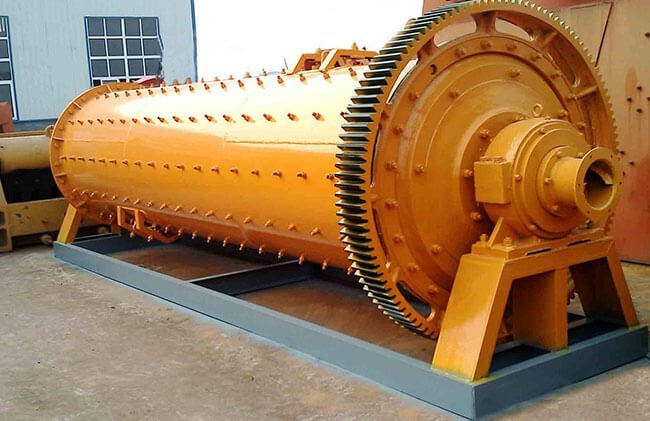In the world of metallurgy and mechanical engineering, ball mill machines play a crucial role. They’re used for grinding and blending materials into powders, making them essential tools for various industries. In this article, we’ll explore the inner workings of a ball mill machine for sale, its applications, and the benefits it brings to the manufacturing process.
The Essence of Ball Mill Machines
Ball mill machines, also known as mills or grinders, use mechanical force to break down materials into smaller particles. The process involves placing the material to be ground, such as ores, ceramics, or even certain chemicals, into a cylindrical container, often referred to as a drum or barrel. Inside the drum, there are grinding media, usually metallic balls or rods, that aid in the grinding process.
The Grinding Process
The grinding process in a ball mill machine involves several distinct stages.
1. Loading the Material
The first step is loading the material to be ground into the drum. This can be done manually or through automated systems, depending on the scale of the operation.
2. Grinding Media Interaction
As the drum rotates, the grinding media collide with the material, breaking it down into smaller particles. The kinetic energy generated by the movement of the media is transferred to the material, causing fractures and reducing particle size.
3. Mixing and Blending
In addition to grinding, ball mill machines also facilitate mixing and blending of materials. This is particularly important in industries where homogeneity is desired, such as in the production of ceramics or pharmaceuticals.
4. Fine Grinding
As the grinding process continues, the particles become progressively smaller. Fine grinding results in the creation of fine powders with specific particle sizes suitable for various applications.
Applications of Ball Mill Machines
The versatility of ball mill machines extends across numerous industries.
Mining and Metallurgy
In the mining and metallurgy sectors, ball mills are used to grind and extract valuable minerals from ores. The fine grinding process enhances the liberation of minerals from the ore matrix.
Pharmaceuticals and Cosmetics
In pharmaceuticals and cosmetics, ball mill machines are employed to create homogenous mixtures, suspensions, and emulsions that form the basis of various products.
Ceramics and Construction
Ball mills play a vital role in the production of ceramics and construction materials. They are used to grind and mix raw materials, creating powders that can be further processed into tiles, bricks, and other building materials.
Advantages of Ball Mill Machines
Ball mill machines offer several benefits to manufacturing processes.
Efficient Particle Size Reduction
Ball mills provide efficient and controlled particle size reduction, making them ideal for achieving precise material specifications.
Versatility
The ability to adjust operating parameters, such as rotation speed and grinding media type, allows ball mills to cater to a wide range of materials and applications.
Scalability
Ball mill machines can be scaled up or down to accommodate different production capacities, making them suitable for both small-scale laboratories and large industrial operations.
Conclusion: Powering Precision Grinding
Ball mill machines are instrumental in the process of grinding and blending materials into powders, contributing to the creation of diverse products across industries. Their versatility, efficiency, and scalability make them indispensable tools for manufacturing processes that demand precision and fine particle size control.






